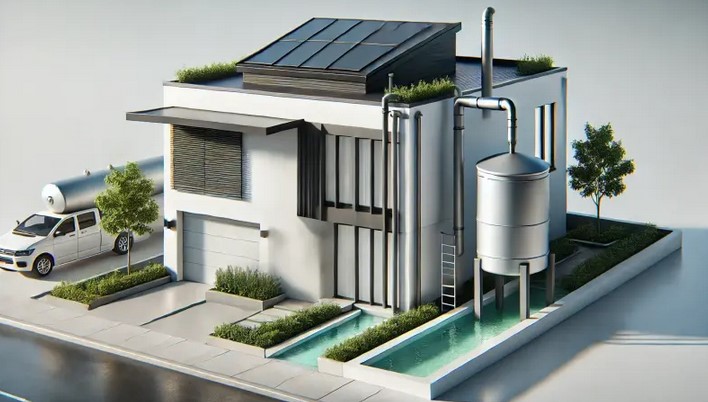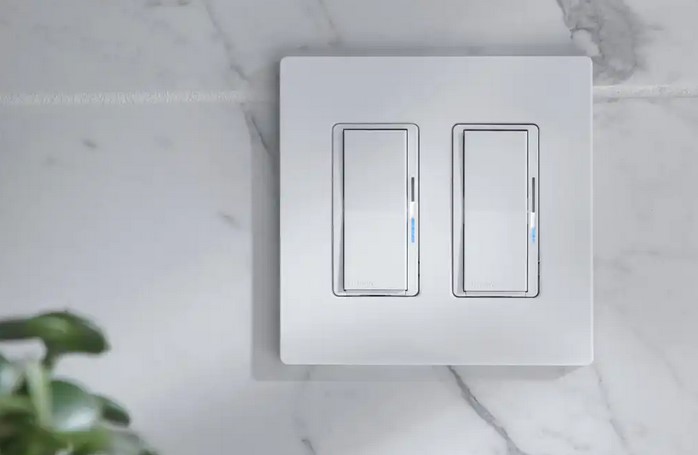
As environmental concerns continue to grow, many homeowners are exploring sustainable practices to reduce their ecological footprint. One of the most effective and environmentally-friendly ways to conserve water is through rainwater harvesting. Not only does it provide an alternative water source, but it also reduces dependency on municipal water systems, helping homeowners lower their utility bills. For eco-conscious individuals, rainwater harvesting is an essential practice, contributing to the preservation of precious natural resources. In this article, we will share valuable rainwater harvesting tips that can help homeowners get started with this sustainable practice, from basic setup ideas to maintenance advice.
The Benefits of Rainwater Harvesting
Rainwater harvesting is the process of collecting rainwater from roofs, typically through a system of gutters and downspouts, and storing it for later use. This practice has been used for centuries and is now gaining renewed interest due to its numerous environmental and economic benefits. Below are some of the key advantages of implementing a rainwater harvesting system in your home:
1. Reduces Water Bills
The most immediate benefit of rainwater harvesting is a reduction in water bills. By collecting and using rainwater for purposes like irrigation, washing, or even flushing toilets, homeowners can significantly cut down on their reliance on municipal water sources. Over time, this reduction in water usage can translate into considerable savings.
2. Contributes to Water Conservation
In areas that are prone to drought or where water resources are scarce, rainwater harvesting can play a crucial role in water conservation. By capturing rainwater and using it for non-potable purposes, homeowners help alleviate the pressure on local water supplies. This conservation effort helps maintain the health of local ecosystems, including rivers and lakes, which are often impacted by over-extraction of groundwater and surface water.
3. Reduces Stormwater Runoff
Rainwater harvesting also helps reduce stormwater runoff, which can lead to soil erosion, water pollution, and flooding. When rainwater is directed into storage tanks rather than flowing into storm drains, it prevents harmful substances like oil, chemicals, and debris from being washed into local water bodies. This reduction in runoff contributes to healthier urban environments and helps prevent water contamination.
4. Provides Backup Water Source
In case of water supply disruptions or emergencies, stored rainwater can serve as a reliable backup water source. Having a reserve of water readily available can be particularly important in areas with unreliable water supply or during natural disasters that may disrupt local infrastructure.
Essential Rainwater Harvesting Tips
Now that you understand the benefits of rainwater harvesting, it’s time to explore some practical rainwater harvesting tips that will help you set up an efficient system in your home.
1. Choose the Right Collection Surface
The first step in setting up a rainwater harvesting system is to choose an appropriate collection surface. Roofs are the most common collection surfaces, as they offer a large area to capture rainwater. However, it’s important to consider the type of roofing material you have, as some materials may affect the quality of the water. For instance, roofs made of materials like lead, asbestos, or treated wood may contaminate the rainwater. Ideally, opt for a metal or tile roof, which is non-toxic and easy to clean.
Make sure to also clean the roof regularly to remove any debris that may block rainwater from flowing into the gutters and downspouts. Keeping your collection surface free of dirt and leaves will help maintain water quality and ensure maximum efficiency.
2. Install a High-Quality Filtration System
To ensure that the rainwater you collect is clean and safe to use, installing a filtration system is crucial. A good filtration system will remove any leaves, dirt, or debris from the rainwater before it enters your storage tank. This is especially important if you plan to use the harvested water for purposes such as washing clothes or flushing toilets.
A basic filtration system typically includes a mesh filter at the entry point of the downspout, as well as a first-flush diverter to ensure that the initial runoff—containing higher levels of contaminants—does not enter the storage tank. More advanced systems may include carbon filters or UV purifiers for further water treatment, especially if you intend to use the water for drinking or cooking.
3. Choose the Right Storage Tank
Choosing the right storage tank is essential for a successful rainwater harvesting system. Tanks come in various sizes and materials, including plastic, metal, and concrete. When selecting a tank, consider factors such as the amount of rain your area typically receives, the size of your collection surface, and how much water you need to store.
Plastic tanks are lightweight, durable, and resistant to corrosion, making them a popular choice for residential rainwater harvesting systems. However, they can degrade over time if exposed to UV rays, so it’s important to either store them in a shaded area or select tanks that are UV-resistant. For larger capacity needs, concrete or metal tanks may be more appropriate, although they are typically more expensive.
Additionally, make sure that the tank is equipped with a tight-fitting lid to prevent debris, animals, or insects from contaminating the stored water. Installing an overflow outlet is also essential to avoid tank damage in case of heavy rainfall.
4. Consider Local Regulations and Permits
Before installing a rainwater harvesting system, it’s important to check if there are any local regulations or permits required in your area. Some municipalities have guidelines regarding the use of harvested rainwater, particularly when it comes to water quality standards or the types of systems allowed. In some cases, you may need to obtain a permit before installing a rainwater harvesting system or meet certain requirements to ensure that the water is used safely and responsibly.
Maintenance Tips for Your Rainwater Harvesting System
Proper maintenance is essential for ensuring the efficiency and longevity of your rainwater harvesting system. Here are some basic maintenance tips to keep your system working smoothly:
- Clean your gutters regularly to prevent debris from blocking water flow.
- Check and clean the filters periodically to ensure they are effectively removing contaminants.
- Inspect the tank for any cracks, leaks, or signs of wear and tear that may affect its performance.
- Monitor the water quality to ensure that it remains clean and safe for use.
- Test the system’s functionality during heavy rainfall to ensure the overflow outlet is working properly.
In conclusion, adopting rainwater harvesting is an excellent way for eco-conscious homeowners to reduce their water consumption and minimize their environmental impact. By following these rainwater harvesting tips, you can set up an effective system that not only conserves water but also helps protect the environment. With the right collection, filtration, and storage methods, rainwater harvesting can become a sustainable and reliable source of water for a variety of household needs. By making small changes like these, homeowners can contribute to the global effort of water conservation and environmental sustainability.





















+ There are no comments
Add yours